Nick Bryant: former BBC Washington correspondent chooses his five favourite books
Journalist recommends works by Clive James, Anna Funder and more

The former BBC Washington correspondent chooses five of his favourites. His latest book, "The Forever War: America's Unending Conflict with Itself", is out now.
Glued to the box
Clive James, 1983
The first grown-up book I recall buying with my pocket money was this compilation of Clive James's TV reviews, which features a display of linguistic pyrotechnics every bit as eye-catching as the Sydney fireworks on New Year's Eve. In the land of Waugh and Greene, I joined a cohort of aspiring journalists who wanted to mimic "the kid from Kogarah". Not even James's buddy Christopher Hitchens could have pulled off a zinger likening Arnold Schwarzenegger to "a brown condom full of walnuts", or comparing the mascara and geisha-white complexion of Barbara Cartland to the corpses of two crows that had crashed into a chalk cliff.
The Week
Escape your echo chamber. Get the facts behind the news, plus analysis from multiple perspectives.

Sign up for The Week's Free Newsletters
From our morning news briefing to a weekly Good News Newsletter, get the best of The Week delivered directly to your inbox.
From our morning news briefing to a weekly Good News Newsletter, get the best of The Week delivered directly to your inbox.
Wifedom
Anna Funder, 2023
"Animal Farm" was a formative influence on me as a young child, just as George Orwell was a formative influence on me as a young journalist. But the book I’d recommend is Funder's, which brings into focus the invisible life of Orwell's wife, Eileen O'Shaughnessy.
The Bonfire of the Vanities
Tom Wolfe, 1987
More so even than a great American novel, I have always loved a great New York novel. Two stand out. Tom Wolfe's "The Bonfire of the Vanities" perfectly captures the energy of the Big Apple.
A free daily email with the biggest news stories of the day – and the best features from TheWeek.com
Let the Great World Spin
Colum McCann, 2009
This book is another masterpiece. For me, it remains the superlative 9/11 novel, even though it’s set in 1974.
President Reagan: The Role of a Lifetime
Lou Cannon,1991
Owing to my fixation with American history, there's a special section on my bookshelf for Robert Caro's portraits of Lyndon Johnson. But Caro fans should also read this classic. Ronald Reagan's performative presidency helps make more sense of Donald Trump, a tycoon who in many ways personified the excesses of the Reagan era.
-
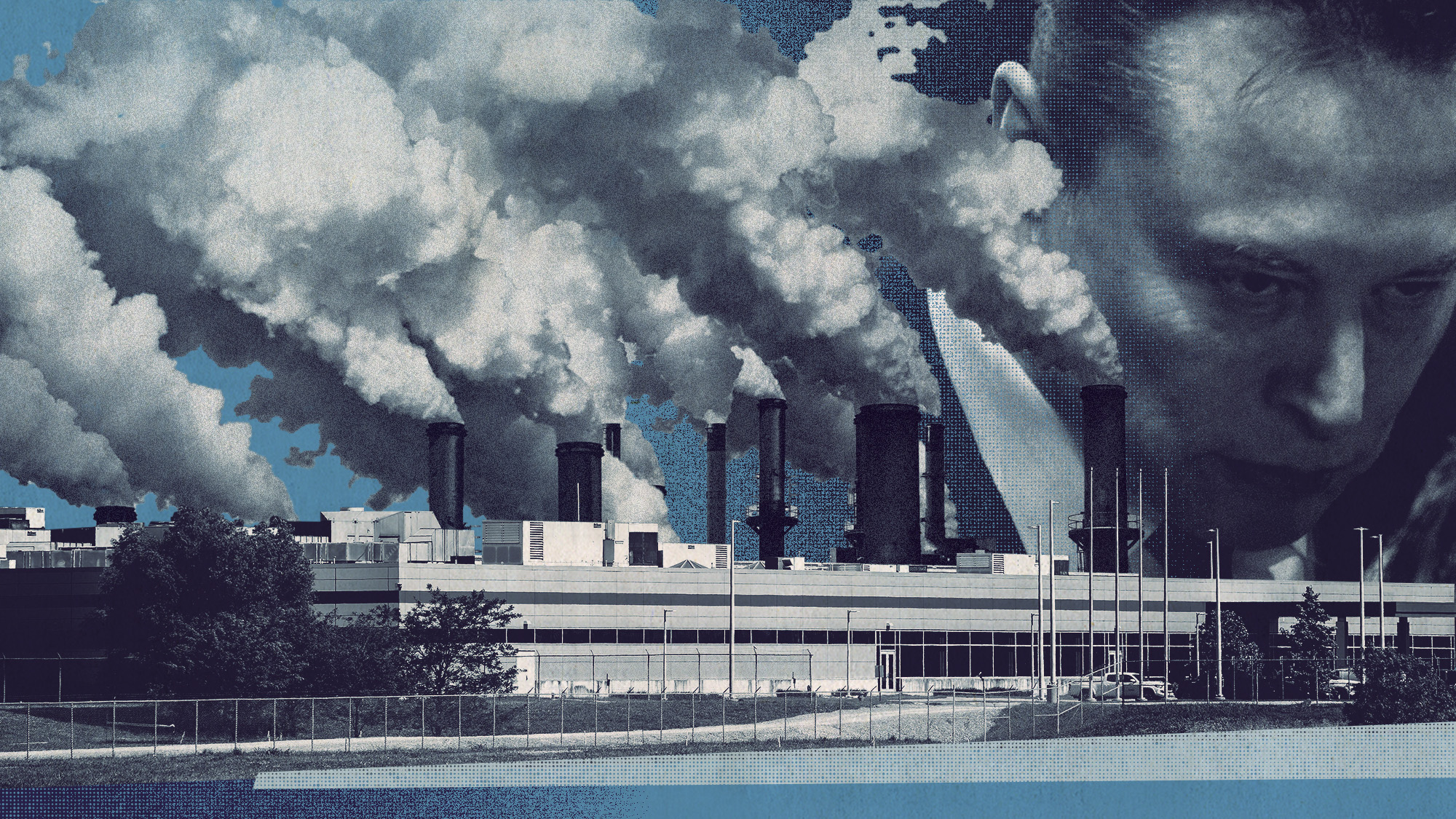 Inside a Black community’s fight against Elon Musk’s supercomputer
Inside a Black community’s fight against Elon Musk’s supercomputerUnder the radar Pollution from Colossal looms over a small Southern town, potentially exacerbating health concerns
-
 Codeword: December 4, 2025
Codeword: December 4, 2025The daily codeword puzzle from The Week
-
 Sudoku hard: December 4, 2025
Sudoku hard: December 4, 2025The daily hard sudoku puzzle from The Week
-
 Jane Austen lives on at these timeless hotels
Jane Austen lives on at these timeless hotelsThe Week Recommends Here’s where to celebrate the writing legend’s 250th birthday
-
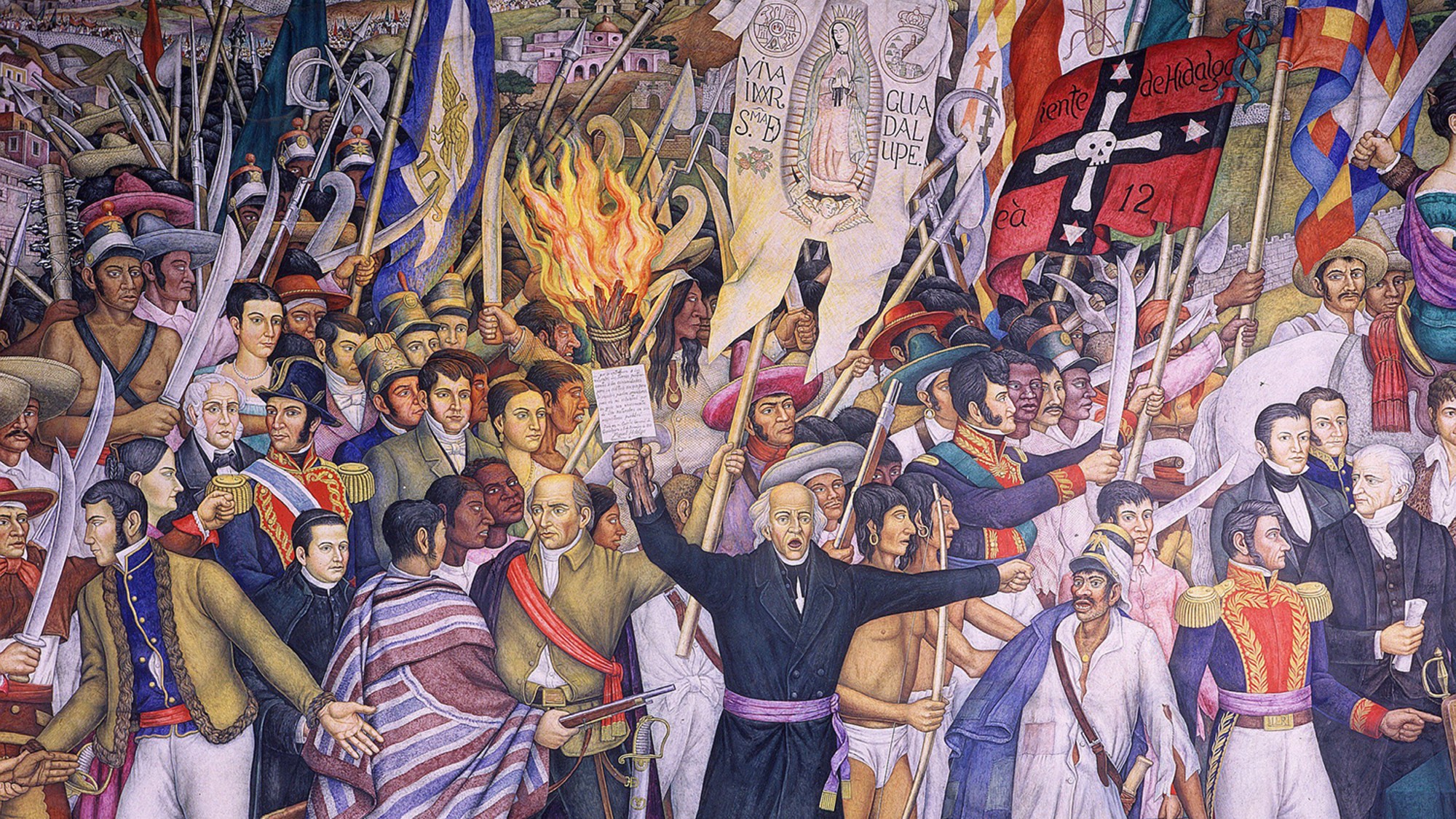 ‘Mexico: A 500-Year History’ by Paul Gillingham and ‘When Caesar Was King: How Sid Caesar Reinvented American Comedy’ by David Margolick
‘Mexico: A 500-Year History’ by Paul Gillingham and ‘When Caesar Was King: How Sid Caesar Reinvented American Comedy’ by David Margolickfeature A chronicle of Mexico’s shifts in power and how Sid Caesar shaped the early days of television
-
 Homes by renowned architects
Homes by renowned architectsFeature Featuring a Leonard Willeke Tudor Revival in Detroit and modern John Storyk design in Woodstock
-
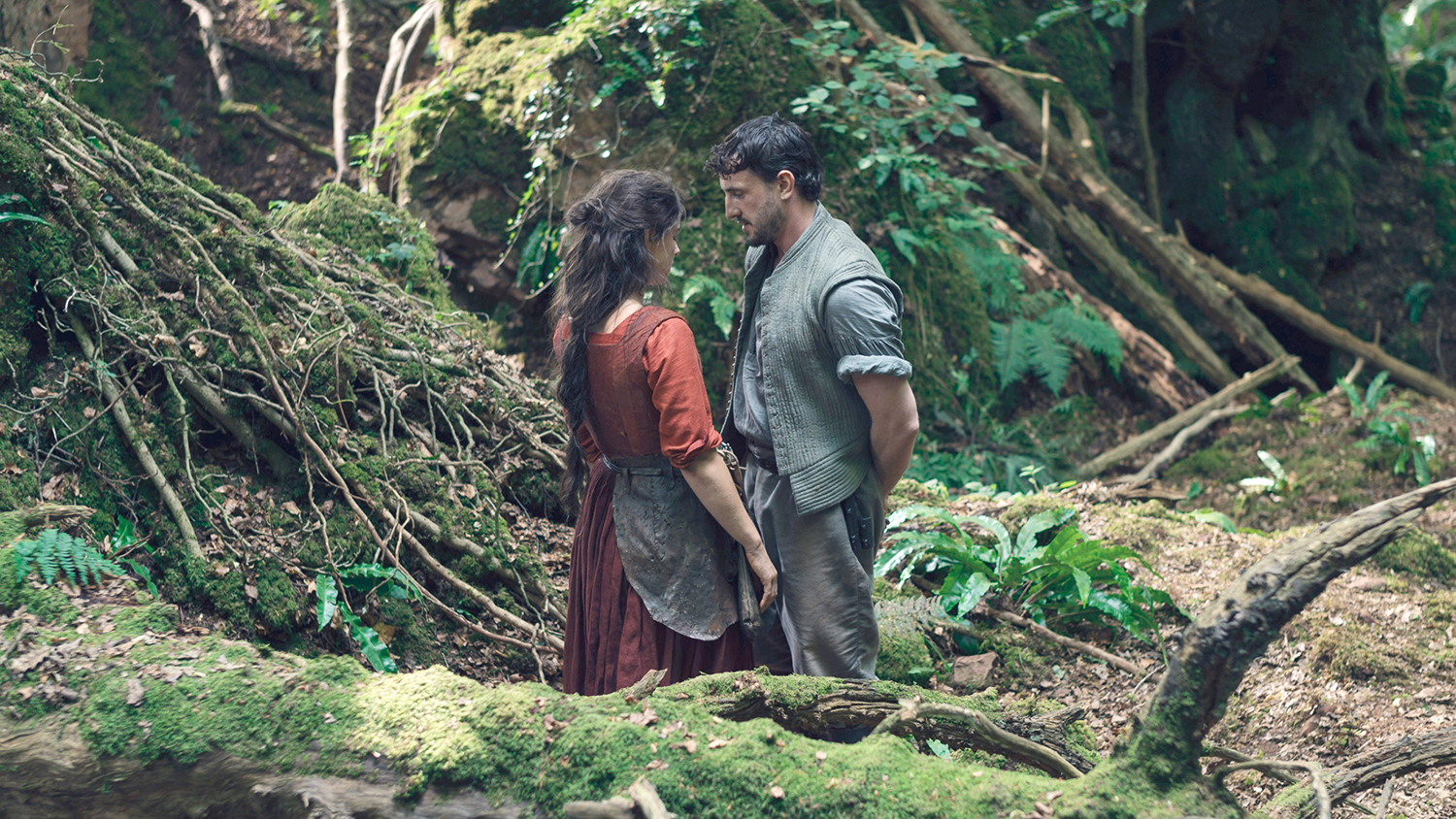 Film reviews: ‘Hamnet,’ ‘Wake Up Dead Man’ and ‘Eternity’
Film reviews: ‘Hamnet,’ ‘Wake Up Dead Man’ and ‘Eternity’Feature Grief inspires Shakespeare’s greatest play, a flamboyant sleuth heads to church and a long-married couple faces a postmortem quandary
-
 May your loved ones eat, drink and be merry with these 9 edible Christmas gifts
May your loved ones eat, drink and be merry with these 9 edible Christmas giftsThe Week Recommends Let them eat babka (and cheese and licorice)
-
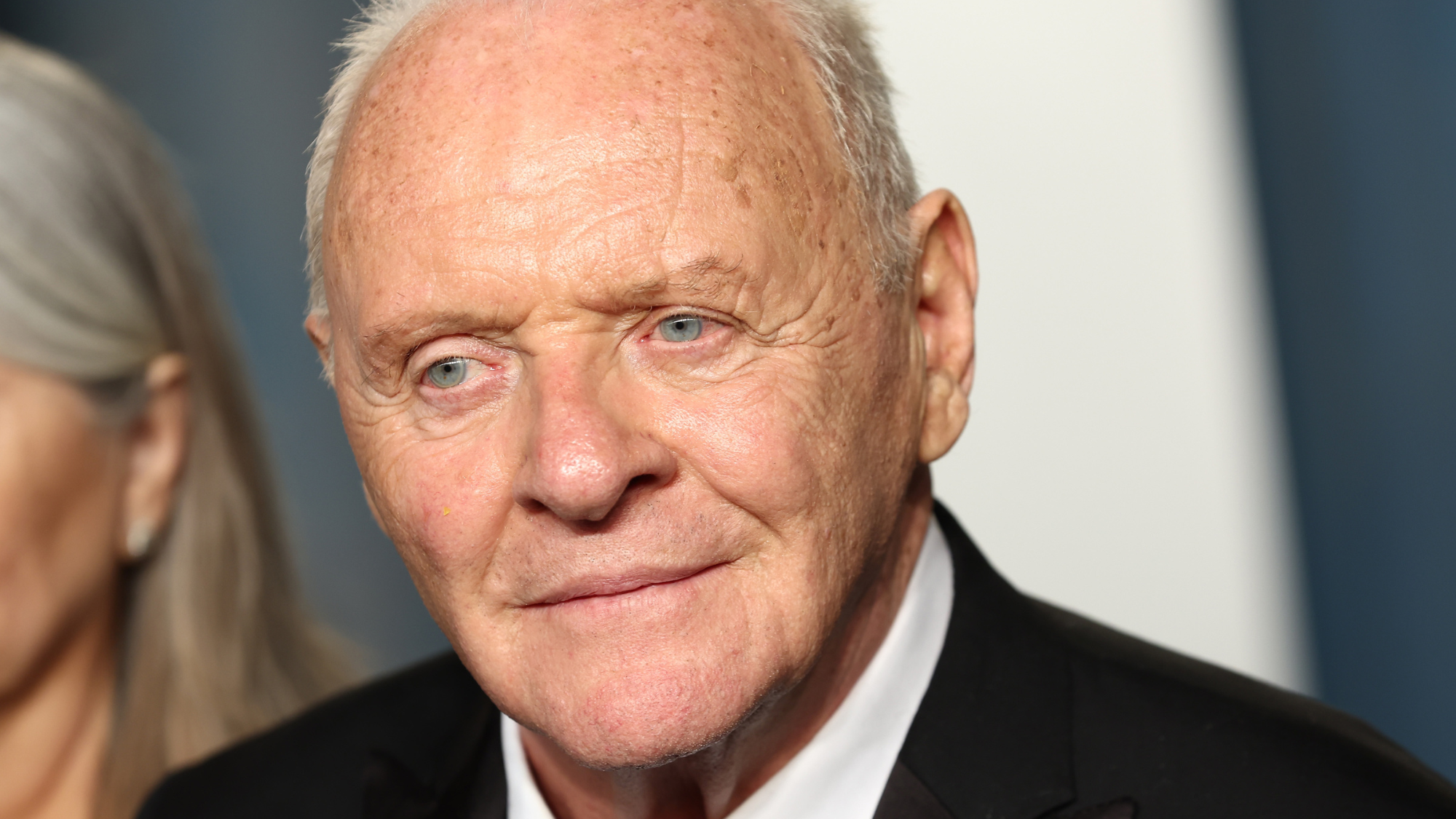 We Did OK, Kid: Anthony Hopkins’ candid memoir is a ‘page-turner’
We Did OK, Kid: Anthony Hopkins’ candid memoir is a ‘page-turner’The Week Recommends The 87-year-old recounts his journey from ‘hopeless’ student to Oscar-winning actor
-
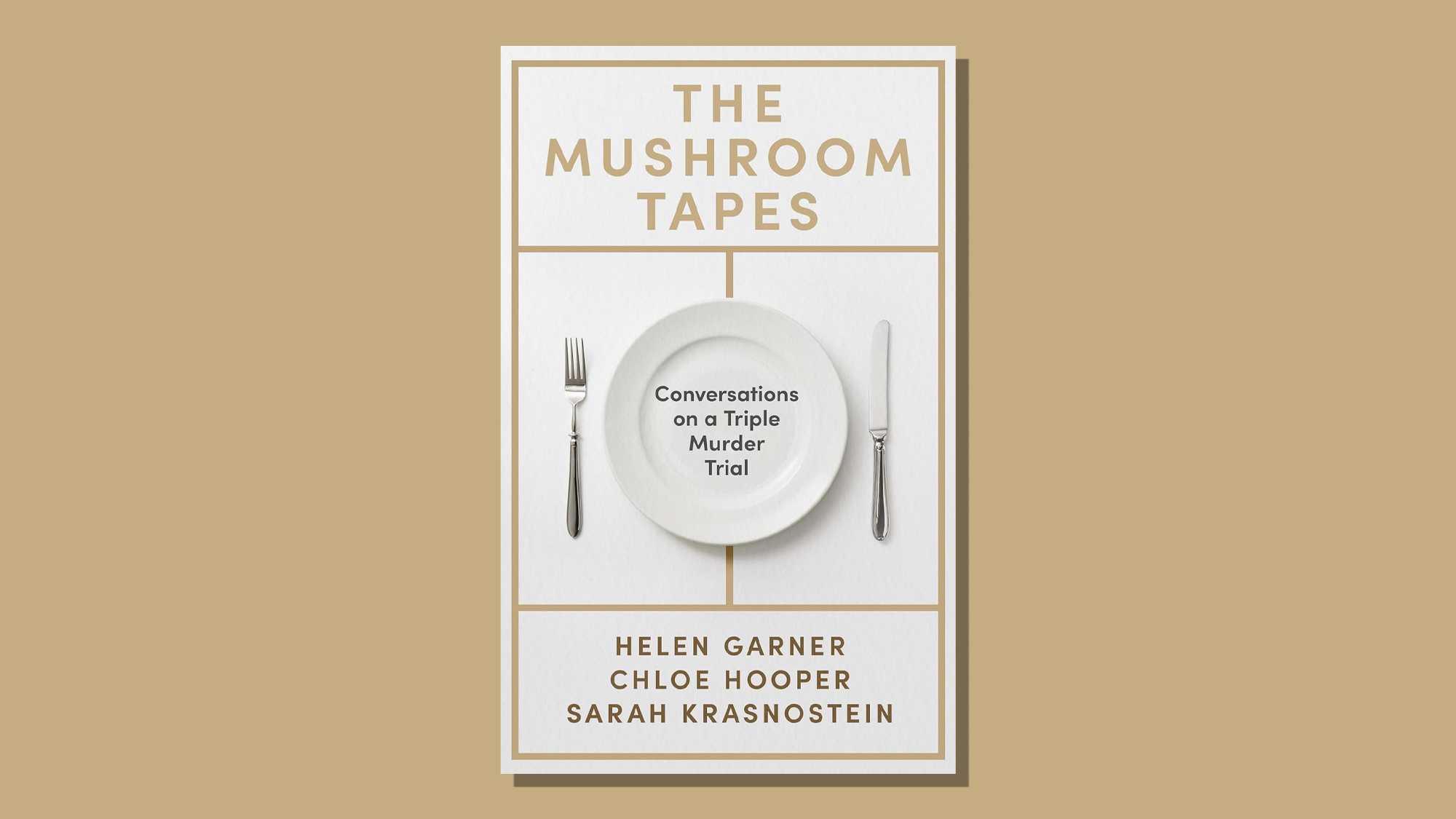 The Mushroom Tapes: a compelling deep dive into the trial that gripped Australia
The Mushroom Tapes: a compelling deep dive into the trial that gripped AustraliaThe Week Recommends Acclaimed authors team up for a ‘sensitive and insightful’ examination of what led a seemingly ordinary woman to poison four people
-
 10 concert tours to see this winter
10 concert tours to see this winterThe Week Recommends Keep cozy this winter with a series of concerts from big-name artists